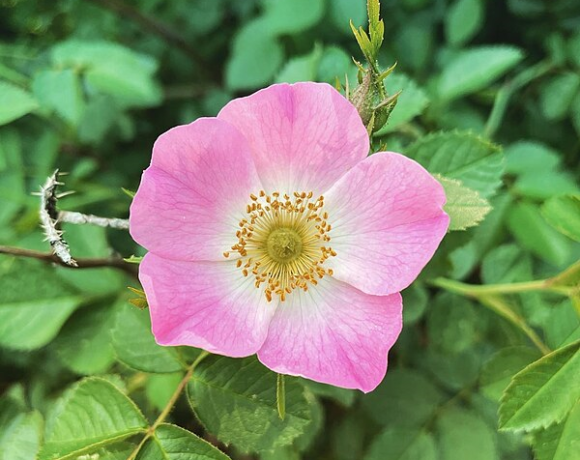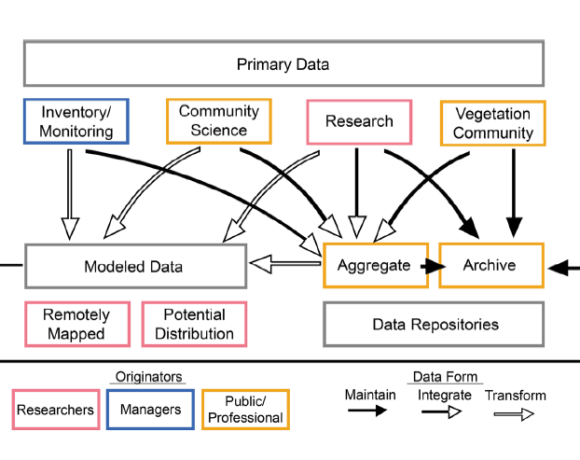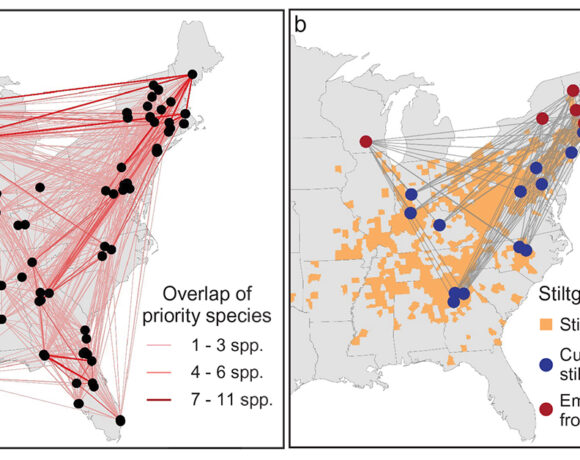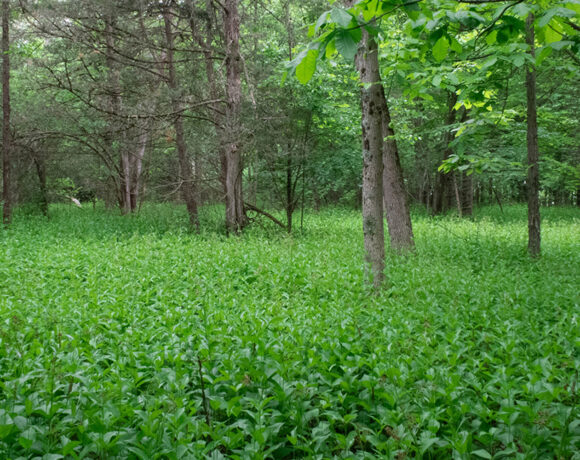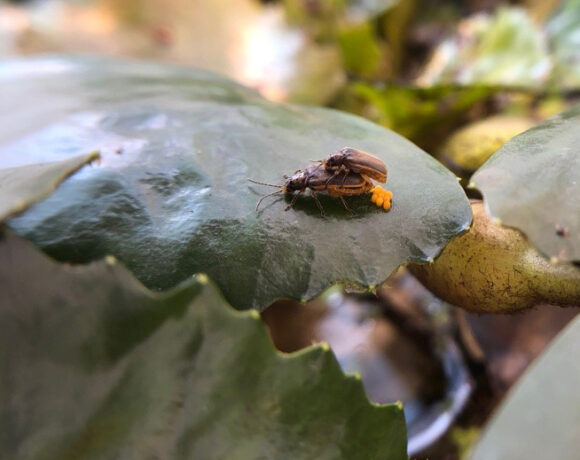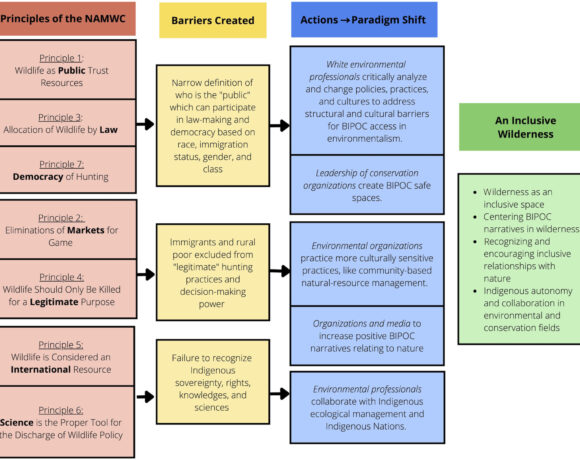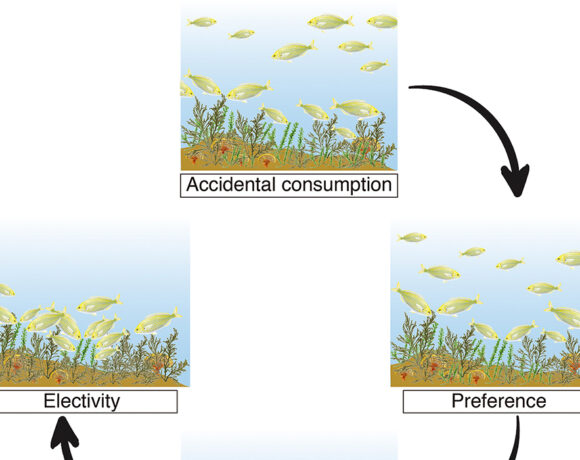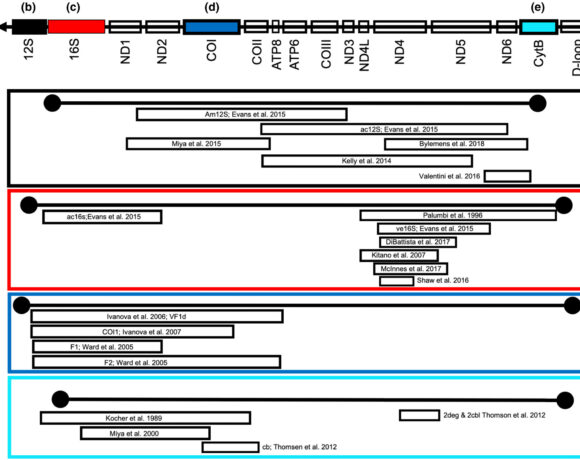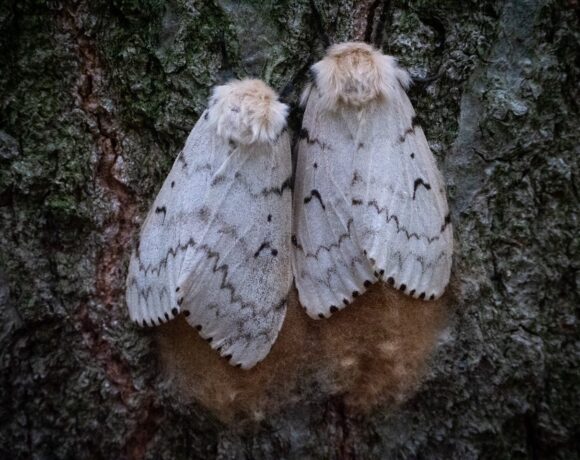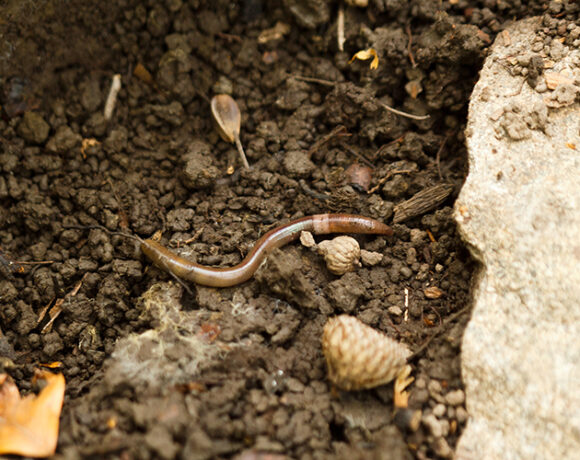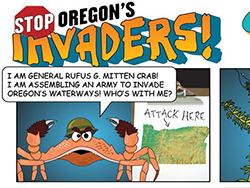Residence time determines invasiveness and performance of garlic mustard (Alliaria petiolata) in North America.
Suppressing garlic mustard (Alliaria petiolata) may be a desired management outcome– and a new study suggests that all it may take is patience. Active management interference may not be necessary and even counterproductive, as researchers document widespread garlic mustard population declines with residence time.
When Blossey and colleagues began their long-term study of life stage transitions (demography) of garlic mustard, at their 16 Northeast and Midwest U.S. sites, they expected that populations would be sustained or even increase. Instead, measurements of density, cover, height, and silique (seedpod) number, as well as the output of their population model with 5-15 years of monitoring data, pointed to a different conclusion: over time garlic mustard populations were declining.
Declines were detected by nearly all metrics; most sites saw declines in garlic mustard frequency from 9-53%, declines in adult density from 48-100%, declines in cover from 17-98%, and declines in population growth rates (populations were shrinking). Average stem height and silique number also decreased, but with different patterns in the Midwest and Northeast regions; both declined in the Midwest, but in the Northeast, average stem height declined before stabilizing and silique number remained stable.
The authors highlighted that these downturns coincided with local residence time. Declines were more pronounced and rapid in the older populations: the eastern sites where garlic mustard initially started to invade North America. The authors present some evidence that garlic mustard is conditioning its soil and attracting species-specific pathogens over time, leading to the precipitous population declines. This widespread phenomenon of soil conditioning, pathogen accumulation, and subsequent plant decline– known as negative soil feedback– is the reason for annual crop rotation in agriculture and may also be at work in this system.
Take-home points:
- Garlic mustard (Alliaria petiolata) populations are in decline in the northeast U.S.
- This decline is faster and more pronounced in older, eastern populations, as garlic mustard has been present in the region for a longer time.
- Negative plant-soil feedback, in which plants condition the soil in a way that reduces the plant performance, may be a cause for the observed population declines.
Management implications:
- Removing garlic mustard interferes with the negative soil feedback processes that work to bring about population declines.
- The authors recommend that local managers set aside locations for observational investigations, to see whether the phenomena they describe occur outside of their study region, or in other species.
To learn more about this topic, view this recent webinar for National Invasive Species Awareness Week (Feb. 25, 2021): When Doing Nothing is the Best Invasive Plant Management Tool. Dr. Bernd Blossey, Professor at Cornell University, shares his research findings on garlic mustard (Alliaria petiolata). View here >>


